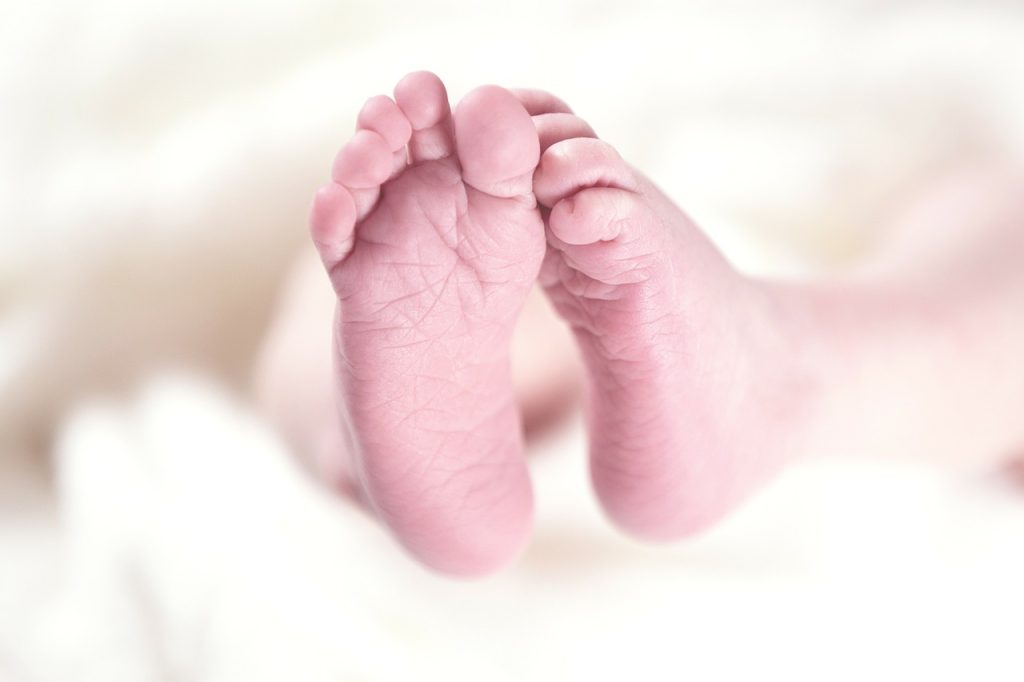
Thought your family was complicated? Try having three parents. The news broke this week that a woman in the Ukraine gave birth to a healthy baby girl conceived using the genetic information from three people. This novel IVF technique was recently approved for medical use in the UK, but how can this all be possible and why would we even bother in the first place?
The key players in all of this are mitochondria. These organelles are small (on average only 0.002mm in length) but mighty and, to reference the classic line taught at GCSE biology, ‘the powerhouses of the cell’. This means they supply energy to nearly all body cells and have a key role in other processes like programmed cell death or ‘apoptosis’.
Unfortunately, for around 1 in 5000 babies in the UK every year, genetic mutations in their mitochondria leads to the development of special types of disease, collectively known as mitochondrial diseases. It is not known how many different disease manifestations there are because clinical presentation can be complex and different between patients. However, there are some more well-documented mitochondrial diseases such as Leigh syndrome and the combination of diabetes mellitus and deafness, known as DAD. The symptoms of mitochondrial diseases in general can be severe and even life-threatening, so scientists started to investigate how they could be prevented.
Mitochondrial DNA, known as mtDNA, is inherited directly from your mother, rather than from both parents like the rest of your DNA, and it was found that mutations in this type of DNA were responsible for around 15% of mitochondrial diseases. Three-parent babies come about when mtDNA from the mother is replaced with that of a donor, to prevent the potentially dangerous mutations from being passed on. It sounds drastic but most of the genetic information comes from the ‘main’ parents, with just a tiny proportion of the genes being replaced by those from the donor to avoid disease.
Unsurprisingly this raises many ethical questions, and understandably so. Many people are concerned with so-called ‘designer babies’ where parents pick and choose the genes children inherit, that the technique may not be safe and where the 3rd parent would stand in terms of legal rights regarding the child. Conversely, preventing a child from ever getting a harmful disease in the first place is surely the more desirable option, rather than treating the symptoms when it manifests later in life. These ethical and legal questions have been, and still will be, heavily considered for when the treatment becomes available on the NHS at some point this year. The long-term future of this treatment remains uncertain, but parents’ evening may have just became a little more complicated.
